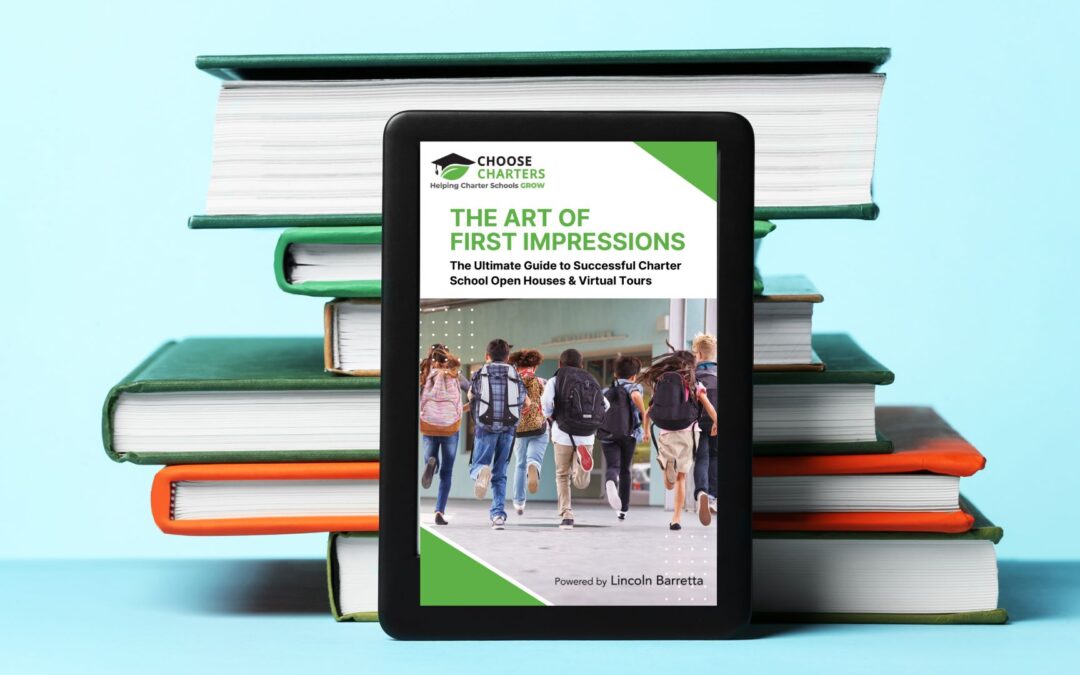
September Soirees: 5 Fun Events for Charter Schools
September Soirees: 5 Fun Events for Charter Schools
As the crisp air of September sweeps in, charter schools have a golden opportunity to kick off the new school year with a bang by hosting exciting and engaging events for students, families, and the community. From back-to-school bashes to outdoor adventures, September is brimming with possibilities for charter schools to foster a sense of belonging, excitement, and school spirit.
In this article, we’ll explore a variety of fun events that charter schools can host this fall to create memorable experiences and strengthen connections within their school communities.
Back-to-School Carnival
What better way to welcome students back to school than with a festive carnival?
Charter schools can transform their campuses into a vibrant carnival atmosphere, complete with games, rides, food vendors, and live entertainment. From dunk tanks and inflatable obstacle courses to face painting and cotton candy stations, a back-to-school carnival promises fun and excitement for students of all ages. This event not only builds excitement for the new school year but also provides an opportunity for families to come together and celebrate the start of a new academic journey.
Outdoor Movie Night
As the days grow shorter and the nights cooler, September is the perfect time to host an outdoor movie night under the stars. Charter schools can set up a large screen in their outdoor space and invite students and families to bring blankets, lawn chairs, and picnic baskets for a cozy movie night experience. Choose a family-friendly film that aligns with your school’s values and curriculum, and provide popcorn and refreshments for a memorable evening of entertainment and community bonding.
Community Service Day
September is also an ideal time for charter schools to give back to their communities through a day of service. Organize a community service day where students, staff, and families come together to volunteer their time and talents for the greater good. Whether cleaning up local parks, planting trees, or organizing a food drive for a local food bank, community service events provide valuable opportunities for students to develop empathy, compassion, and a sense of civic responsibility.
STEM Fair
September is the perfect month for charter schools that focus on science, technology, engineering, and mathematics (STEM) to host a STEM fair. Students can showcase their creativity and ingenuity through hands-on STEM projects, experiments, and demonstrations. Invite local STEM professionals and organizations to participate as judges or guest speakers and encourage students to explore the wonders of STEM through interactive exhibits and activities.
A STEM fair not only promotes interest and excitement in STEM subjects but also highlights the innovative work being done by students within the charter school community.
Harvest Festival
As the autumn harvest approaches, charter schools can celebrate the season with a festive harvest festival. Set up booths featuring seasonal crafts, games, and activities such as pumpkin decorating, apple bobbing, and hayrides. Host a farmers’ market showcasing locally grown produce and artisanal goods and provide opportunities for students to learn about agriculture, nutrition, and sustainability.
A harvest festival fosters a sense of connection to the natural world and provides a fun and educational experience for students and families alike.
September is a time of new beginnings, excitement, and opportunity, and charter schools can harness the spirit of the season by hosting fun and engaging events for their school communities. Whether it’s a back-to-school carnival or STEM fair, September offers endless possibilities for charter schools to create memorable experiences, strengthen relationships, and foster a sense of belonging and school spirit.
Let the festivities begin!





